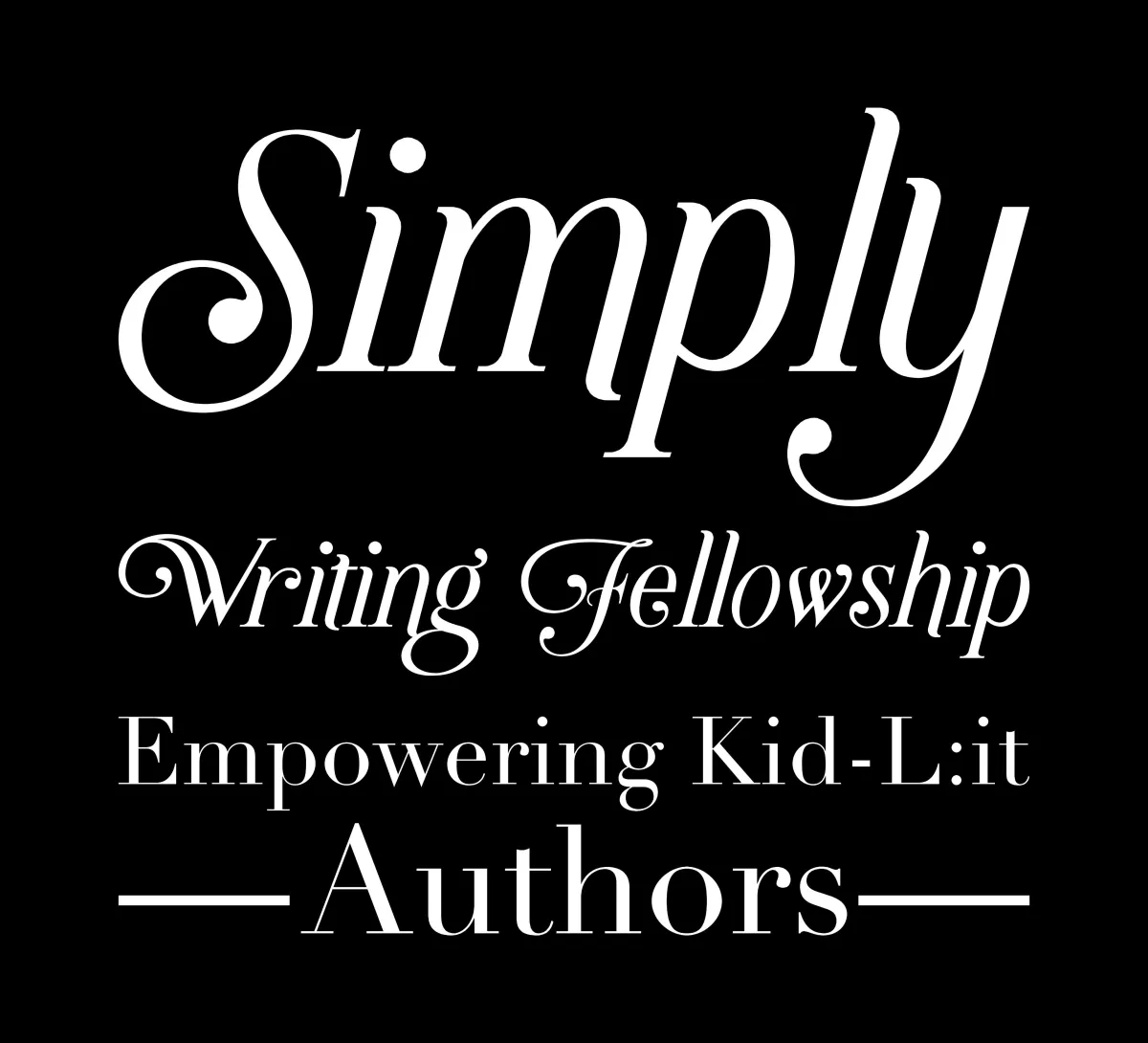

The Mystery of Sub-Plots Part I
Part 1: “The Secret Power of Subplots in Middle Grade Mysteries”
Middle grade mysteries are more than just clever clues and twisty plots—they’re emotional journeys. And one of the most powerful tools in a writer’s kit? Subplots. These secondary storylines can deepen character development, reinforce themes, and even sharpen the suspense. But like any good mystery, the trick is knowing how to use them without losing your reader in the weeds.
🎯 Why Subplots Matter
Subplots are the quiet gears behind the main mystery. They add texture and emotional resonance, giving readers a reason to care about the outcome beyond just “whodunit.” In middle grade fiction, where readers are navigating big feelings and forming their sense of identity, subplots can be the bridge between plot and heart.
Think of a subplot as a parallel path—sometimes it intersects with the main mystery, sometimes it runs beside it, but it always adds depth.
🧩 Best Practice #1: Make Subplots Serve the Mystery
Every subplot should connect to the central puzzle, either directly or thematically. Maybe your protagonist is trying to solve a theft at school, while also dealing with a falling-out with their best friend. That emotional tension can mirror the mystery’s stakes—trust, betrayal, and the search for truth.
Subplots can also be great places to plant clues or red herrings. A character’s personal conflict might reveal a motive, or a seemingly unrelated event might turn out to be a key piece of the puzzle.
💡 Best Practice #2: Anchor Subplots in Emotional Truth
Middle grade readers crave authenticity. They want to see characters wrestle with real emotions—fear, jealousy, loneliness, hope. Subplots are a perfect place to explore these feelings.
Let’s say your protagonist is solving a mystery about a missing heirloom. A subplot about their relationship with a grandparent could add emotional weight and context. Maybe the mystery becomes a way to reconnect, to heal, or to understand a family legacy.
These emotional layers don’t just enrich the story—they make it unforgettable.
🧠 Best Practice #3: Balance Complexity with Clarity
Subplots should enhance, not overwhelm. One or two well-developed subplots are ideal for middle grade. Too many, and your reader might lose track of the central mystery.
To keep things clear:
• Weave subplots into the main narrative, rather than treating them as separate threads.
• Use scene trackers or outlines to make sure each subplot progresses logically.
• Check that every subplot resolves or evolves by the end—no loose ends.
🌱 Best Practice #4: Use Subplots to Explore Themes
Subplots are a great way to explore your story’s more profound questions. If your mystery involves science, a subplot could raise ethical dilemmas—what happens when curiosity goes too far? If your story is faith-based, a subplot might explore forgiveness, courage, or the meaning of truth.
These thematic echoes help readers connect the dots between plot and purpose.
🎭 Best Practice #5: Let Subplots Offer Breathing Room
Mysteries thrive on tension, but readers need moments of relief. Subplots can offer comic relief, quiet reflection, or character bonding.
A humorous subplot about a pet’s antics, for example, can lighten the mood between intense clue-hunting scenes. A subplot about a school play or science fair can give your protagonist a chance to shine differently and reveal new facets of their personality.
Subplots aren’t just side stories; they’re emotional engines. When crafted with care, they can elevate your mystery from clever to compelling, from entertaining to unforgettable.
In the next post, we’ll dive into how to build subplots from scratch, with examples and prompts to spark your creativity.
Simply Writing Fellowship | ALL RIGHTS RESERVED